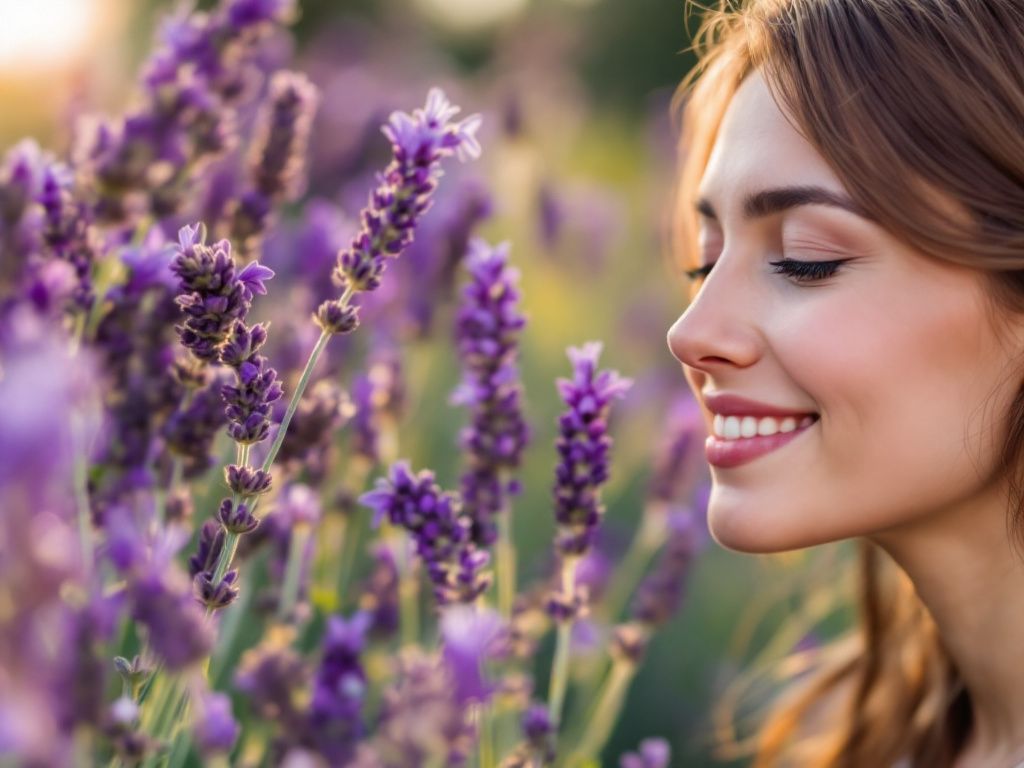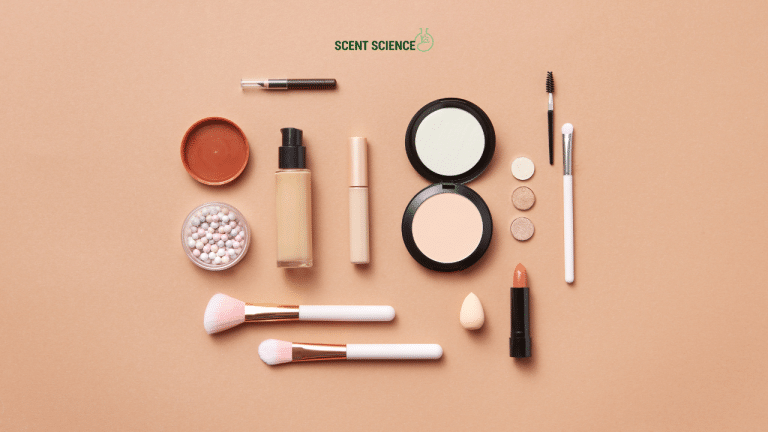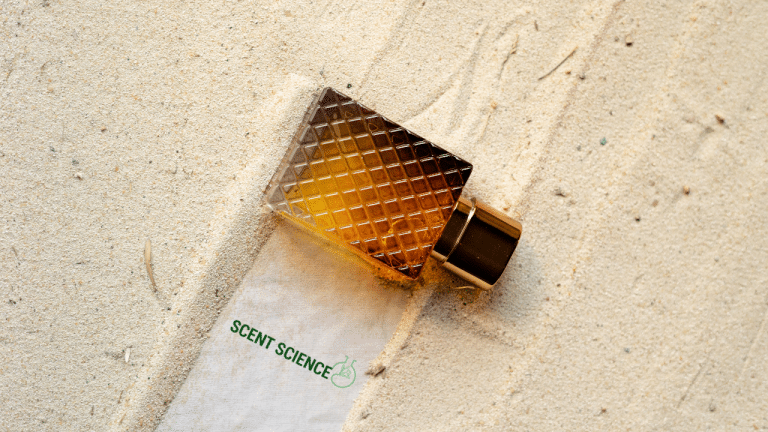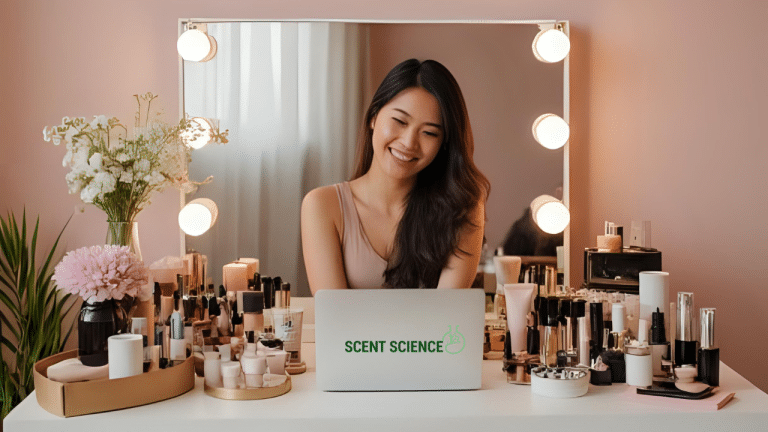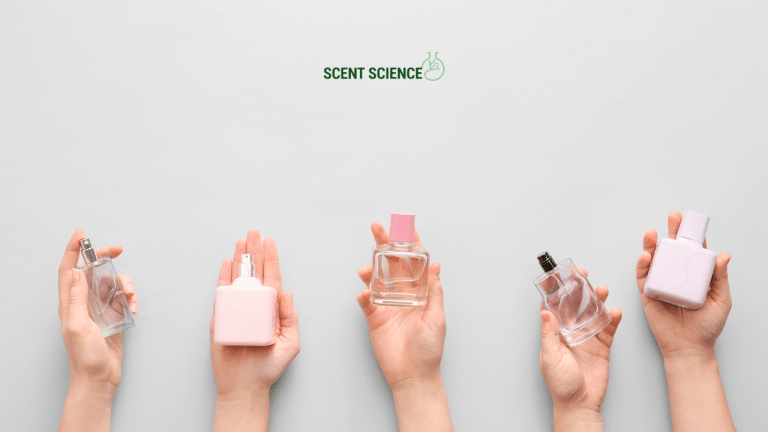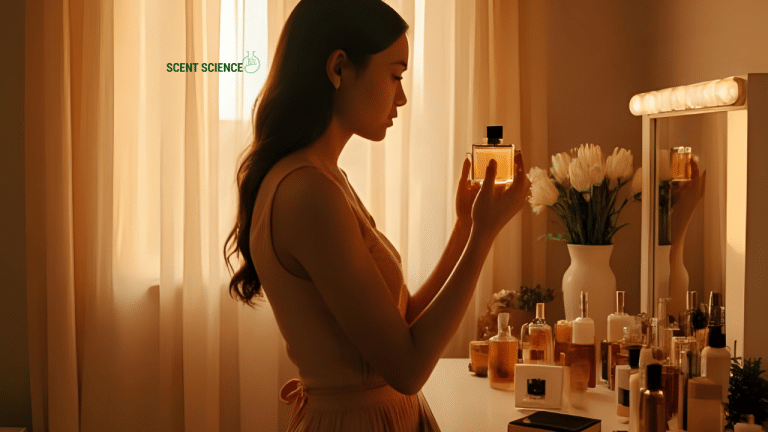Imagine walking into a room filled with the comforting aroma of lavender or the refreshing scent of citrus. Instantly, your mood is uplifted, and you feel more relaxed. This might seem like magic, but in reality, it’s science at work. The process involves intricate interactions between specific fragrance compounds and brain chemistry, impacting our mood states in profound ways. Let’s delve into this scientifically fascinating world and discover how mood-enhancing fragrances truly work.
Table of Contents
ToggleThe Intricate Dance Between Scent and Emotion
Our sense of smell is closely linked to the parts of the brain that process emotion and memory. The olfactory bulb, which detects odors, has direct connections to the amygdala and hippocampus—areas deeply involved in processing feelings and recalling memories. No other sensory system has this direct and rapid access. Consequently, the scents we inhale can instantly affect our emotions and psychological state.
Neurological Basis for Scent Responses
Research reveals that exposure to specific fragrances activates neural pathways linked to mood regulation. Notably, a study published in the journal *Frontiers in Psychology* explored how essential oils could alter neuronal activities, often resulting in improved mood and emotional well-being. As you breathe in a mood-enhancing perfume, the fragrance molecules bind to the receptors in your olfactory bulb. This kicks off a cascade of reactions within your brain, directly affecting your psychological state.
Key Fragrance Compounds with Mood-Boosting Properties
Let’s delve deeper into some of the most potent fragrance compounds known for their mood-enhancing effects:
1. Linalool (Lavender 🌿)
Lavender is a superstar when it comes to promoting relaxation. The compound linalool, present in lavender oil, has been extensively researched for its calming effects. A study conducted by Osaka University confirmed that inhaling linalool links to reduced stress, due to decreased activity in overactive neurons.

*Real-world application:* Incorporating lavender diffusers in workplaces and homes to reduce anxiety and enhance relaxation.
2. Limonene (Citrus 🍋)
Limonene, found in citrus oils like those extracted from lemons and oranges, is renowned for its invigorating and stress-relieving properties. A Japanese study discovered that lemon fragrance can normalize stress-induced hormonal imbalances and boost immune function.
*Practical tip:* Use citrus-scented products during work hours for a refreshing mood lift that can enhance productivity.
3. Vanillin (Vanilla 🍦)
Vanilla is more than just a favorite dessert flavor; vanillin, its primary component, has been recognized for evoking a sense of warmth and joy. A study published in the journal *Chemical Senses* linked vanilla fragrance with positive emotional effects, such as reduced feelings of loneliness.
*Actionable advice:* Light a vanilla-scented candle during meditation sessions for an enhanced experience of tranquility.
4. Menthol (Peppermint 🌿)
Menthol, predominant in peppermint oils, has a dual role. It promotes focus and boosts mood by providing an energizing and invigorating sensation. Research indicates that menthol can enhance athletic performance by stimulating the central nervous system.
*Real-world scenario:* Utilize peppermint essential oil in study rooms or gyms to heighten concentration and physical performance.

Exploring the Neuroscience of Fragrance
Understanding the neuroscience behind fragrance and mood reveals how precisely these compounds interact with brain chemistry.
Brain Wave Modulation
Some fragrances can alter brain wave activity, promoting specific cognitive and emotional states. According to research published in *The International Journal of Neuroscience*, exposure to jasmine scent increased alpha wave activity, associated with relaxation and a focused state of mind.
*Technical walkthrough:* Implement aromatics in environments requiring concentration or calm, such as offices or clinical settings to aid cognitive performance and emotional balance.
Impact on Neurotransmitters
Fragrances influence neurotransmitter activity—a foundational element for altering mood. Scents like lavender and chamomile can increase serotonin production, amplifying feelings of happiness and overall well-being.
*Standards and best practices:* The aromatherapy industry capitalizes on blends featuring serotonin-boosting fragrances, used in spas and wellness centers to support relaxation therapies.
Mood-Enhancing Perfumes in Practice
Applying this scientific knowledge into practical settings can have profound effects. Businesses, wellbeing practitioners, and individuals alike benefit from integrating fragrance solutions aimed at mood enhancement.

Business Applications
Stores and hotels often apply strategically chosen fragrances as part of their ambiance design, a practice known as ambient scenting. Research suggests that such environments can influence customer behavior, leading to prolonged store visits and enhanced perceptions of product quality.
*Industry standard:* Hotels commonly use relaxing lavender or vanilla scents in their lobbies to create a welcoming atmosphere that elevates guests’ experiences.
Personal Wellness
For individuals, crafting a fragrance regimen can be a powerful tool for emotional well-being. Utilizing specific scents tailored to desired mood states—citrus in the morning for invigorating starts or lavender at night for restful sleep—can significantly impact mental health.
*Professional insight:* Wellness coaches often recommend personalized fragrance routines as part of holistic mental health strategies.
Concluding Thoughts
It is clear that mood-enhancing perfumes offer more than a pleasant aroma; they represent a scientifically backed pathway to influencing emotional and psychological states. Incorporating knowledge about these mood-improving fragrances can lead to enriched personal and professional environments.
Embrace the science of scent as you explore the olfactory world, applying these insights to foster better emotional health and well-being. As research in this domain advances, the potential for fragrance to enhance our experiences continues to unfold, opening a window to enriched quality of life through the power of smell. 🌸
References
- Osaka University’s study on the stress-reducing effects of linalool.
- Frontiers in Psychology* on essential oils and mood regulation.
- The International Journal of Neuroscience study on brain wave activity and scent.
- Chemical Senses* article on vanilla’s emotional impact.
- Japanese research on citrus oils and stress.
Frequently Asked Questions
What are the benefits of using a hair mask in my hair care routine?
Using a hair mask can provide several benefits, including hydration, smoothing, strengthening, curl definition, heat protection, and damage repair. Hair masks infuse the hair with moisture, help coat the hair shaft to seal split ends, reduce breakage, and protect the hair from heat styling and environmental damage[1][4].
What ingredients should I look for in a hair mask?
Effective hair masks often include ingredients such as coconut oil, argan oil, shea butter, honey, avocado oil, green tea, and coconut water. These ingredients provide nourishment, moisturize, and protect the hair, offering benefits like softening, moisturizing, and protecting against damage[2][5].
How often should I use a hair mask in my routine?
You should use a hair mask whenever your hair feels dry, unmanageable, or in need of intense hydration. This can vary depending on your hair type and needs, but generally, using a hair mask once or twice a week can help maintain healthy and moisturized hair[1][4].
How do I apply a hair mask for the best results?
To apply a hair mask effectively, shampoo your hair first, then apply the mask, focusing especially on the ends where hair tends to be the most damaged. Leave the mask on for anywhere from 10 minutes to overnight, depending on the type of mask and your hair’s needs[1][4].
References
